A simple gradient applied from the upper left corner to the lower right corner forms the foundation of convincing digital water drops. This technique transforms a basic circular selection into droplets that appear to hold actual depth and weight on any surface. The effect relies on precise layer style combinations and strategic highlight placement rather than complex filters or specialized brushes.
Watch the Video
The Science Behind Digital Water Drop Effects
Water drops appear three-dimensional because of how light interacts with their curved surfaces. The meniscus creates natural gradients from bright highlights to deeper shadows, while surface tension maintains the characteristic dome shape. Digital recreation requires mimicking these optical properties through careful gradient placement and shadow modeling.
The Overlay blend mode becomes essential because it preserves both highlights and shadows while allowing the underlying image to show through. This mimics how real water drops remain transparent while still casting shadows and reflecting light. The combination of inner shadows and drop shadows creates the dual effect of the drop sitting on a surface while also appearing to have internal depth.
Layer styles provide the most control over these effects because they remain editable and scale proportionally. The specific angle settings for shadows (-30 degrees for inner shadow, 127 degrees for drop shadow) correspond to natural lighting conditions where light sources create consistent shadow directions across multiple drops.
Practical Tips for Creating Water Drops
- Hold
Shiftwhile dragging with the Elliptical Marquee Tool to maintain perfect circular selections for realistic drop shapes - Position gradients from upper left to lower right to match natural lighting patterns and create convincing depth
- Adjust Distance and Size values in layer styles based on your image resolution to maintain proper proportions
- Use the Liquify filter's Forward Warp tool to create irregular drop shapes that mimic real water behavior on surfaces
- Group drop layers with their highlights before duplicating to maintain proper relationships when creating multiple drops
More Tutorials about Water Effects
Explore additional water-related Photoshop techniques and creative effects.
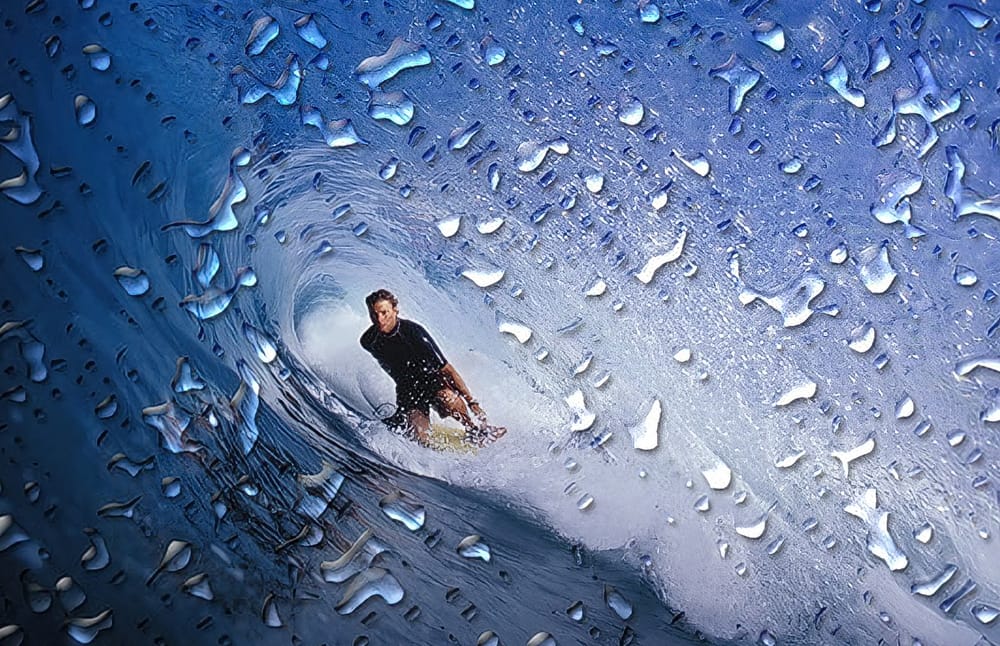
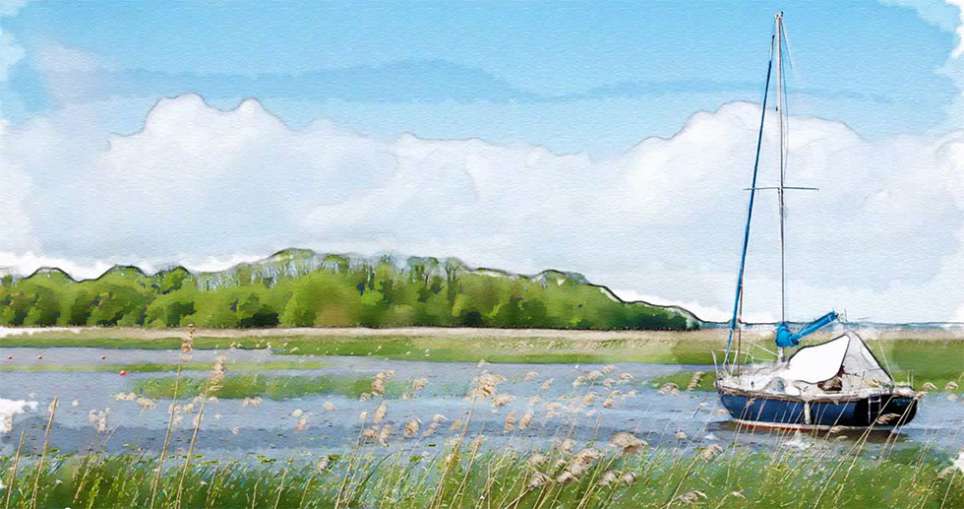
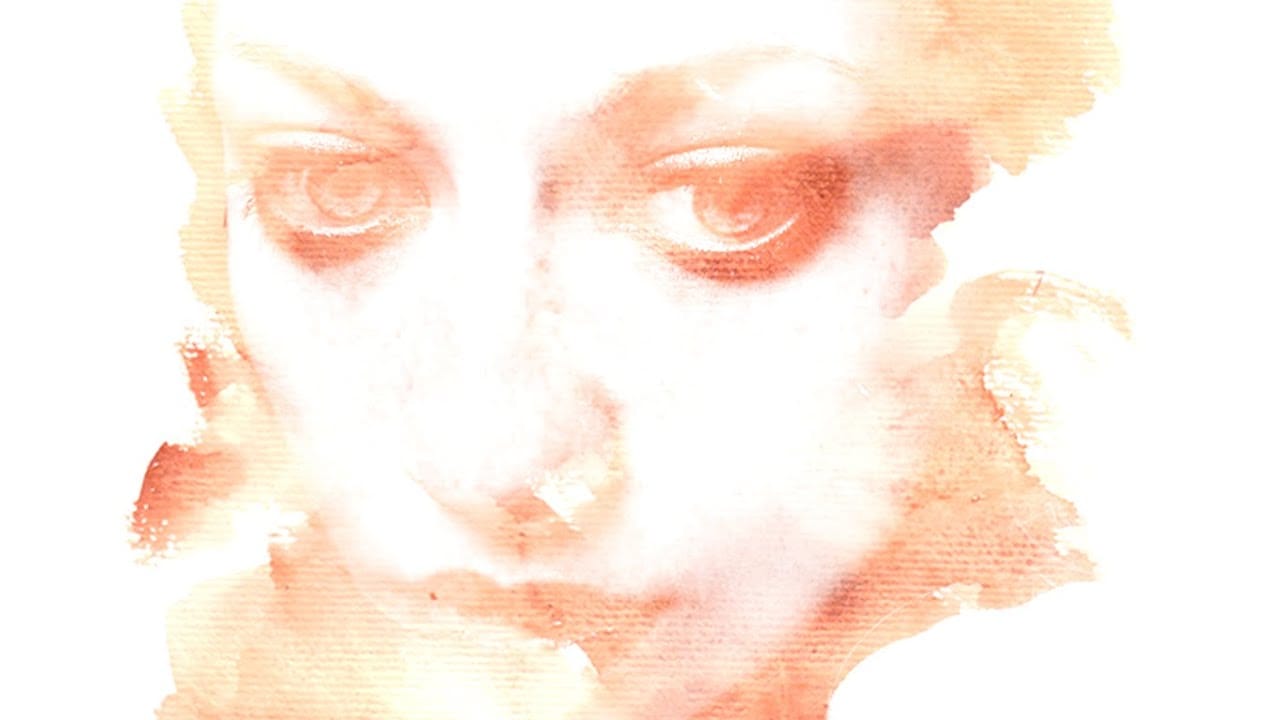
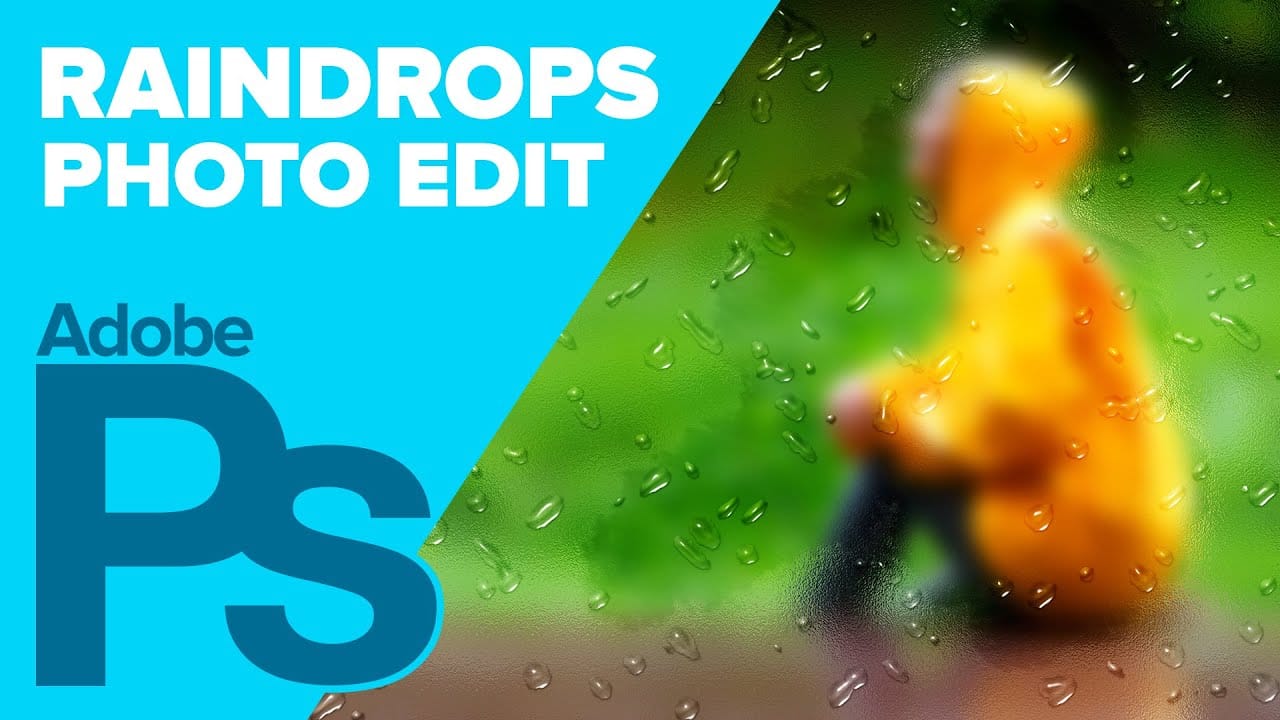


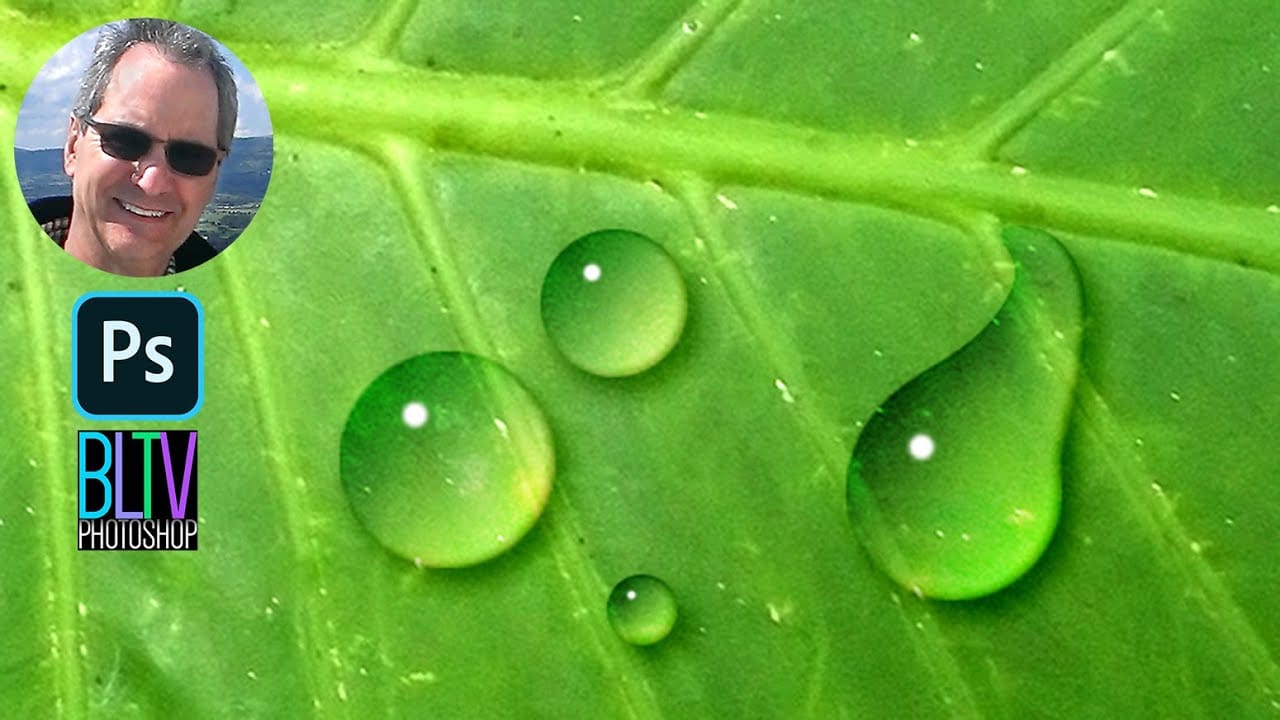










Member discussion